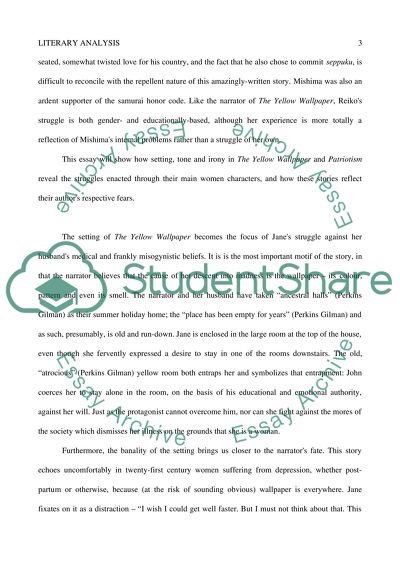Cite this document
(“Reading critically and interpreting literature Term Paper”, n.d.)
Retrieved from https://studentshare.org/environmental-studies/1409576-reading-critically-and-interpreting-literature
Retrieved from https://studentshare.org/environmental-studies/1409576-reading-critically-and-interpreting-literature
(Reading Critically and Interpreting Literature Term Paper)
https://studentshare.org/environmental-studies/1409576-reading-critically-and-interpreting-literature.
https://studentshare.org/environmental-studies/1409576-reading-critically-and-interpreting-literature.
“Reading Critically and Interpreting Literature Term Paper”, n.d. https://studentshare.org/environmental-studies/1409576-reading-critically-and-interpreting-literature.


